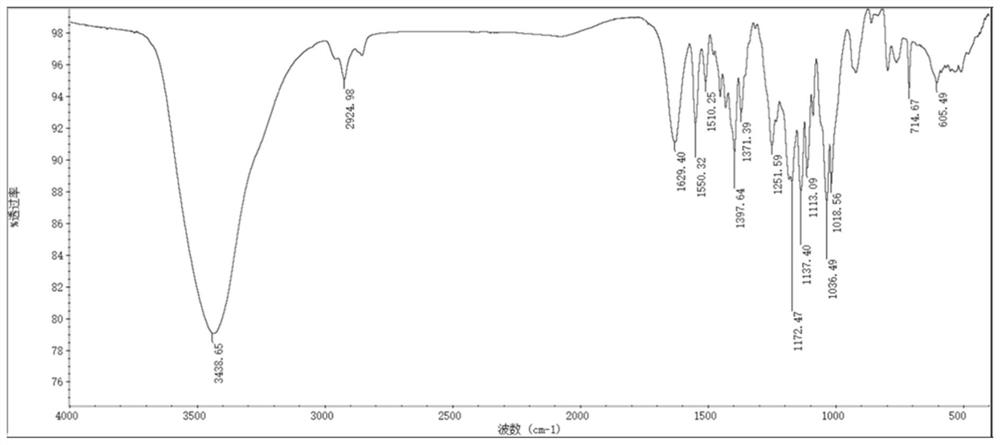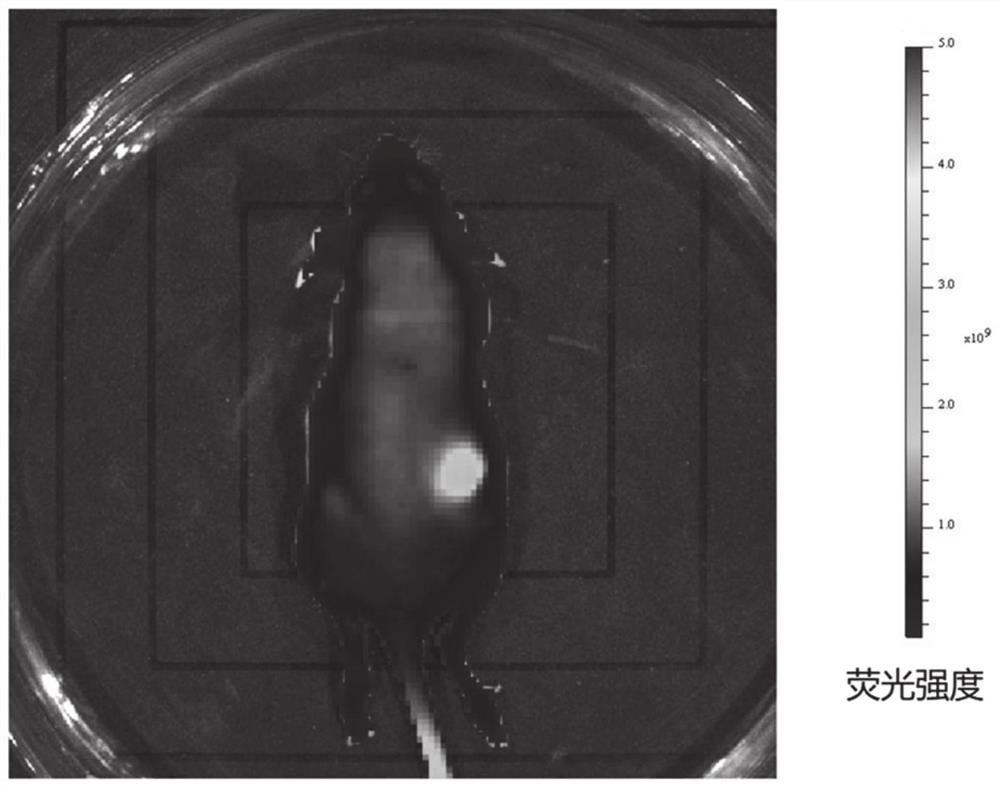Heptamethine hydroxyl indocyanine dye, synthesis method and application thereof
A technology of heptamethylindole cyanine and methindole cyanine, which is applied in the field of polymethylindole cyanine dye and its preparation, and can solve the problems of large consumption of organic solvent, high price, low purity, etc.
- Summary
- Abstract
- Description
- Claims
- Application Information
AI Technical Summary
Problems solved by technology
Method used
Image
Examples
preparation example Construction
[0147] As mentioned above, this application relates to a preparation method of heptamethine oxindole cyanine dye, comprising the following steps: reacting 2,3,3-trimethyl-oxindole derivatives with nucleophilic substitution compounds to obtain organic Ammonium salt: Mix organic ammonium salt and cycloalkene derivatives in an environment-friendly organic solvent for reaction, add an organic precipitant to the product after cooling and let it stand overnight to obtain the heptamethine hydroxyindole cyanine dye. The method has wider applicability. This method can realize the synthesis of more structural types of products under the condition of adopting more environment-friendly solvents and milder reaction conditions.
[0148] In addition, the preparation method of the heptamethine hydroxyindole cyanine dye according to the present application has the advantages of short synthetic route, simple process, no catalyst, high yield, simple purification method, high atom utilization rat...
Embodiment 1
[0155] Example 1 Synthesis of 2,3,3-trimethyl-4-oxindole
[0156] Dissolve p-hydroxyphenylhydrazine, 3-methyl-2-butanone, and anhydrous sodium acetate at a molar ratio of 1:1.1:1.5 in acetic acid, and react under reflux and stirring for 8 hours. The reaction solvent was removed by rotary evaporation, and then a mixed solution of water and methanol with a volume ratio of 9:1 was added to dissolve the remaining substances. The resultant was filtered, and then exposed to crystallization at room temperature for 48 hours to obtain crystal 2,3,3-trimethyl-4-oxindole.
Embodiment 2
[0157] Example 2 Synthesis of Compound 53
[0158] Compound 53 was synthesized according to the following route:
[0159]
[0160] 1) Synthesis of 2,3,3-trimethyl-1-(butane)-oxindole
[0161] The 2,3,3-trimethyl-oxindole and 4-bromobutane obtained in Example 1 were added into the reactor at a molar ratio of 1:1.5, and the reactor was closed and then evacuated to 10 Pa. The reaction system was heated to 110° C. and stirred for 8 hours, then cooled to room temperature. The obtained product was filtered with suction and used directly for the next reaction.
[0162] 2) Synthesis and purification of compound 53
[0163] Add 2-chloro-1-formyl-3 to the reactor in a molar ratio of 1:2.5 to 2,3,3-trimethyl-1-(butane)-oxindole obtained in step 1) -Hydroxymethylenecyclopentene. After completely dissolving with methanol, the reaction system was heated to 75° C. for 24 hours under closed conditions, then cooled to room temperature, and placed in a 4° C. refrigerator for 24 hours. ...
PUM
 Login to View More
Login to View More Abstract
Description
Claims
Application Information
 Login to View More
Login to View More - R&D
- Intellectual Property
- Life Sciences
- Materials
- Tech Scout
- Unparalleled Data Quality
- Higher Quality Content
- 60% Fewer Hallucinations
Browse by: Latest US Patents, China's latest patents, Technical Efficacy Thesaurus, Application Domain, Technology Topic, Popular Technical Reports.
© 2025 PatSnap. All rights reserved.Legal|Privacy policy|Modern Slavery Act Transparency Statement|Sitemap|About US| Contact US: help@patsnap.com



